Virtual Supersonic Nozzle Experiment
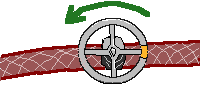
|
 | 
|
|
| ||
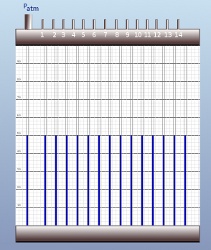 | A row of static pressure tappings are located along the side wall of the nozzle. These are connected to a multitube mercury manometer so static pressures along the nozzle can be measured. At the same time the upstream stagnation pressure in the reservoir can be measured on a separate multitube manometer. While the nozzle is running, a rough shadow graph image can be obtained of waves in the nozzle created by small pieces of tape located on either side. These measurement techniques can be used to verify the Mach number of the flow achieved in the nozzle. | |
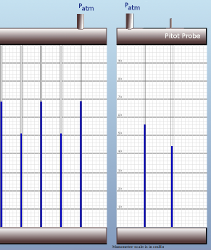 | A pitot tube can be set up in the nozzle. This will create a small normal shock wave just in front of its location in the nozzle. The pitot tube is connected to a U-tube mercury manometer so that the total pressure behind this shock can be recorded. This is another measurement technique that can verify the Mach number of the flow in the nozzle. | |
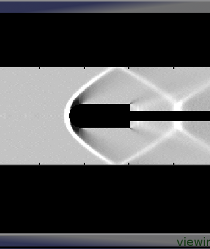 | A Schlerien optical system can be set up so that density gradients and hence shock and expansion waves can be seen. Objects can be placed in the nozzle in a parallel beam of light and their wave patterns will be seen on a viewing screen. | |
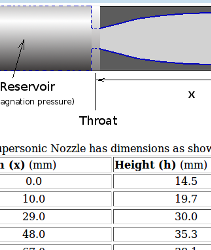 | The set up, geometry and dimensions of the supersonic nozzle are shown here. Areas at various nozzle locations compared to the throat area can be used as a rough prediction of flow Mach number. | |